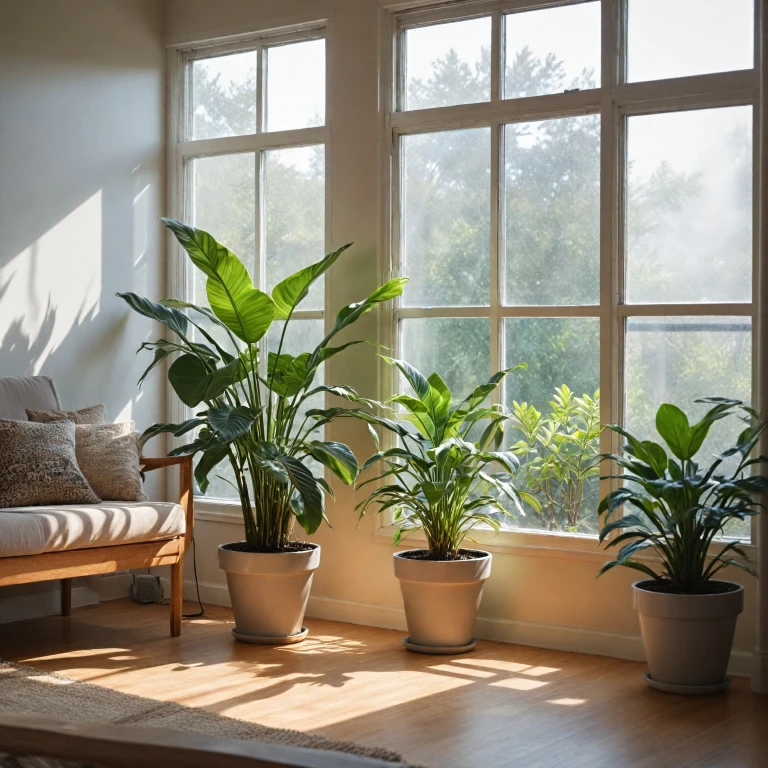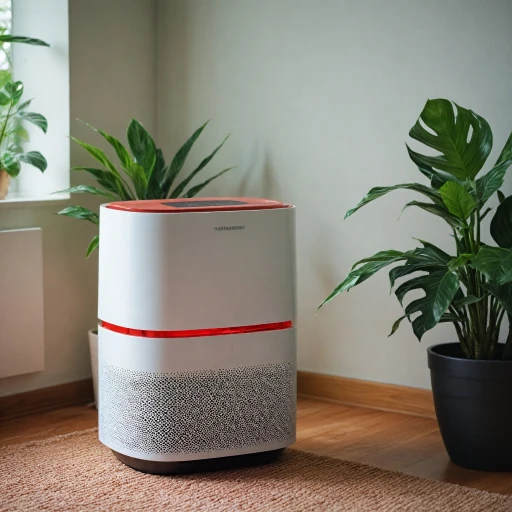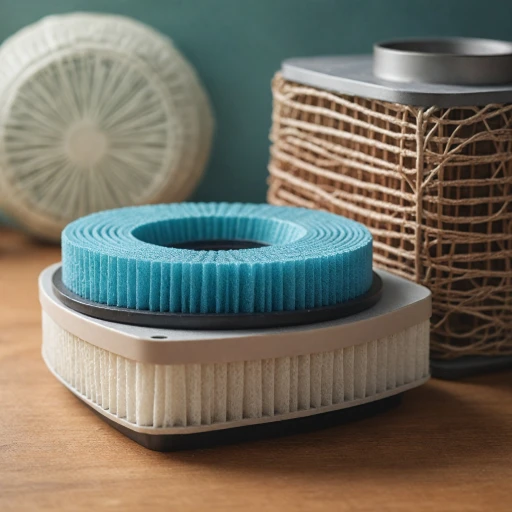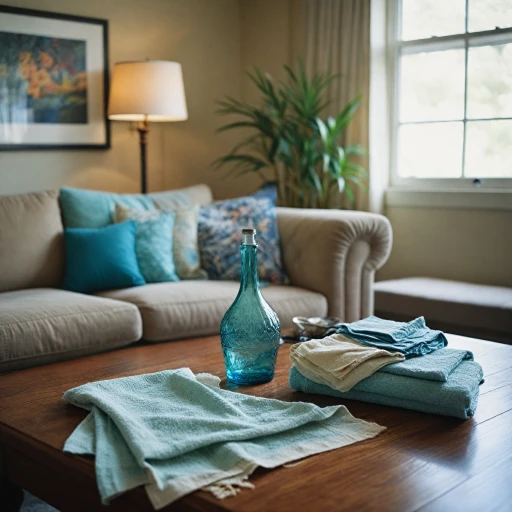Understanding the Role of Air Purifiers
Understanding How Air Purifiers Work
Air purifiers have gained popularity as a reliable solution to improving indoor air quality by removing dust, allergens, and even some pollutants. But how exactly do they perform this essential task? Here's a breakdown:- Filtration Systems: Most air purifiers rely on filters to trap particles. High-Efficiency Particulate Air (HEPA) filters are a common choice, known for capturing up to 99.97% of particles as small as 0.3 microns. This includes common allergens like pollen, dust mites, and pet dander.
- Activated Carbon Filters: Some air purifiers include activated carbon filters designed to remove odors and volatile organic compounds (VOCs) from the air. These are particularly effective at targeting smoke, fumes, and chemicals present in cleaning products.
- Ionizers: Air ionizers release charged ions into the air, which attach to particles and weigh them down. This method effectively reduces dust and other allergens in the air.
- UV-C Light Technology: Certain purifiers also utilize ultraviolet light to kill bacteria and viruses, contributing to a healthier indoor environment.
Identifying Common Indoor Allergens
Common Indoor Allergens to Watch Out For
Indoor allergens can come from various sources and often contribute to poor air quality. Being aware of common allergens can help you take proactive measures in maintaining a healthier home environment.- Dust Mites: These microscopic creatures thrive in warm, humid environments and are commonly found in bedding, upholstery, and carpets.
- Pet Dander: Tiny flecks of skin shed by cats, dogs, or other furry animals can trigger allergic reactions. Regular grooming and cleaning can help, but air purifiers with HEPA filters are effective in removing these particles.
- Pollen: Although primarily outside, pollen can enter your home through open windows or doors. An air purifier can help capture these particles to reduce allergy symptoms.
- Mold Spores: In damp areas of the home, mold can develop and release spores into the air. Controlling humidity levels and using air purifiers can aid in reducing these allergens.
- Household Chemicals: Volatile organic compounds (VOCs) released from cleaning products, paints, and other materials can cause indoor air pollution. It’s essential to use products that are low in VOCs and ensure good ventilation when using chemicals.
Choosing the Right Air Purifier for Your Needs
Finding Your Perfect Air Purifier
Choosing the right air purifier can significantly impact your home's air quality, helping to reduce dust and allergens effectively. Before making a decision, it is essential to consider specific factors to ensure you select a model that meets your needs. Here's what to keep in mind:
- Coverage Area: Determine the size of the area you want to purify. Most air purifiers have a recommended coverage area, and it's crucial to select one that matches the size of the room where it will be used.
- Types of Filters: Air purifiers often use different types of filters, such as HEPA, activated carbon, or ultraviolet filters. HEPA filters are known for capturing small particles and are highly effective for pollen, dust, and pet dander. Consider your specific needs to choose the appropriate filter type.
- Noise Levels: Evaluate the noise output especially if the air purifier will be in a bedroom or office. User reviews can provide insights into how quietly a unit operates.
- Additional Features: Some models offer additional features such as air quality indicators, programmable timers, or smart connectivity. These features can enhance convenience and provide real-time insights into your indoor air quality.
- Budget Considerations: Prices for air purifiers can vary greatly. Consider not only the initial purchase price but also the ongoing costs, like replacement filters and electricity usage.
For additional guidance on improving air quality, including how moisture levels can support the performance of air purifiers, visit our comprehensive guide.
Effective Maintenance of Air Purifiers
Keeping Your Air Purifier in Top Condition
Maintaining your air purifier is crucial in ensuring it effectively removes dust and allergens from your home. Neglecting maintenance can reduce its efficiency, leading to poor air quality. Here's a step-by-step guide to help you care for your air purifier:- Follow the Manufacturer's Instructions: Every air purifier is different. Familiarize yourself with the user's manual to understand the specific maintenance needs of your model.
- Regularly Check Filters: The filters in your air purifier are the main components responsible for trapping dust and allergens. Regularly inspect them for dirt buildup and wear. Replace or clean them as recommended by the manufacturer.
- Vacuum Pre-Filters: Many air purifiers come with pre-filters that help capture larger particles before they reach the main filter. Cleaning these pre-filters with a vacuum cleaner can prolong the life of the main filter.
- Keep the Exterior Clean: Dust can accumulate on the exterior of the air purifier, which may affect air intake. Wipe down the surfaces regularly with a damp cloth to ensure optimal performance.
- Ensure Proper Placement: For maximum efficiency, place your air purifier in an area with good air circulation. Avoid positioning it in corners or behind furniture, which can reduce its effectiveness in capturing allergens.
Additional Strategies for Reducing Dust and Allergens
Practical Approaches for a Cleaner Home Environment
In addition to using an air purifier, several strategies can be implemented to ensure your living space remains relatively free from dust and allergens:- Regular Cleaning: Engage in frequent dusting and vacuuming. Opt for a vacuum with a HEPA filter to capture small particles effectively. This reduces the accumulation of allergens within carpets, upholstery, and other surfaces.
- Control Humidity Levels: Maintain indoor humidity between 30-50%. Excess moisture encourages the growth of mold and dust mites, common indoor allergens. Use dehumidifiers or air conditioners to regulate humidity as needed.
- Wash Bedding Often: Wash sheets, pillowcases, and blankets regularly in hot water to eliminate dust mites and other contaminants lurking in your bed.
- Minimize Clutter: Reduce the amount of clutter in your living spaces. Fewer items mean fewer places for dust and allergens to accumulate.
- Utilize Air Purifier Strategically: Place the air purifier in rooms where you spend the most time to maximize efficiency. Ensure proper maintenance and filter replacement, as mentioned earlier, to keep your purifying system in optimal condition.
Monitoring Air Quality at Home
Keeping Track of Indoor Air Quality
Monitoring the air quality in your home is crucial to ensuring a healthy living environment. With advancements in technology, there are several ways you can track the air quality levels indoors efficiently:- Air Quality Monitors: Consider investing in an air quality monitor. These devices provide real-time data on pollutants, particulate matter, and even gas levels like carbon dioxide. They can alert you when air quality levels drop, enabling you to take timely action.
- Smart Features: Many modern air purifiers come equipped with smart technology that integrates with your smartphones or home automation systems. This allows you to remotely monitor indoor air quality and control your air purifier settings effectively.
- Regular Observations: Stay vigilant for any signs that may indicate poor air quality, such as persistent dust accumulation or increased allergy symptoms. Such observations can guide you in adjusting your air purifier's operation or implementing additional strategies like those discussed earlier.




